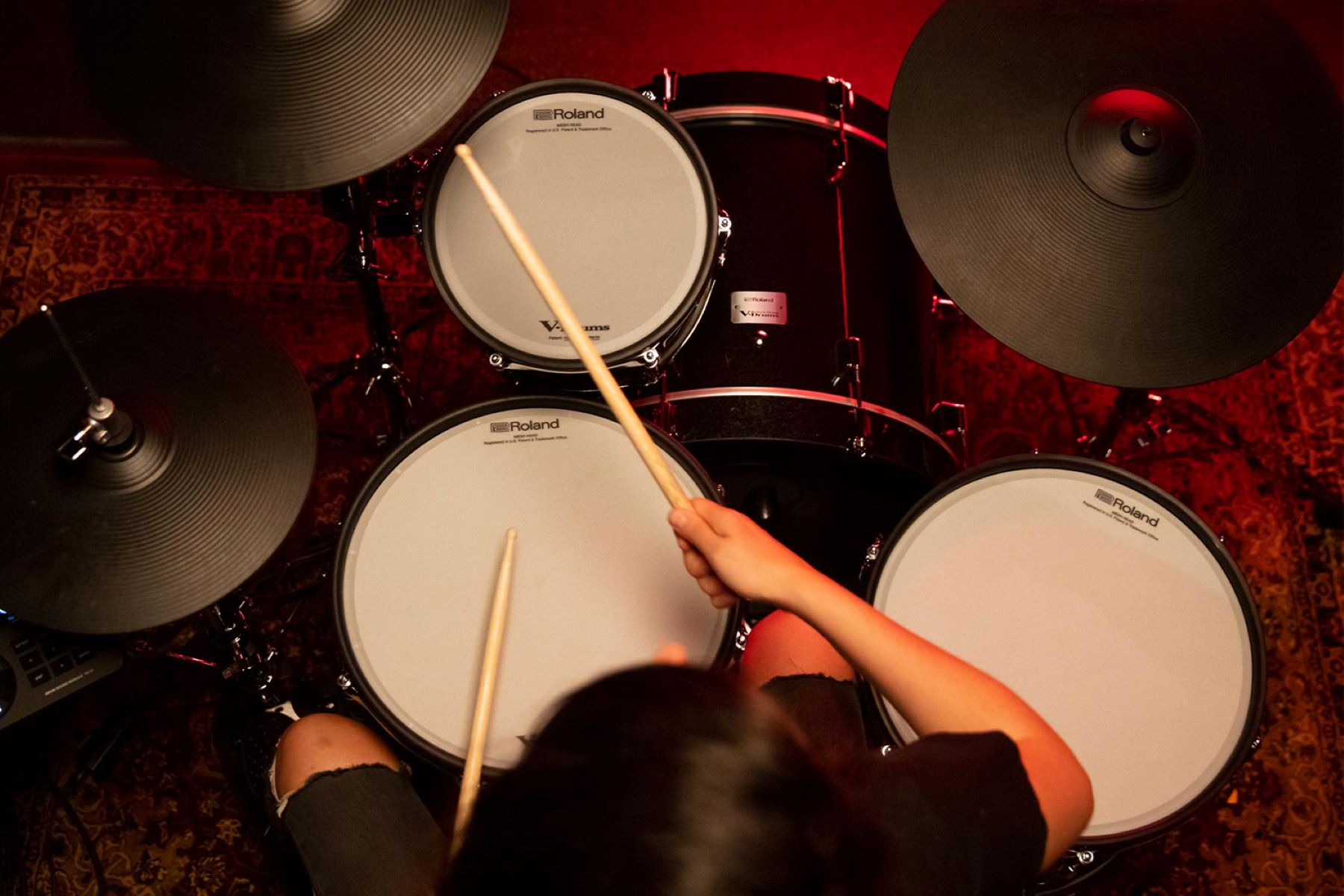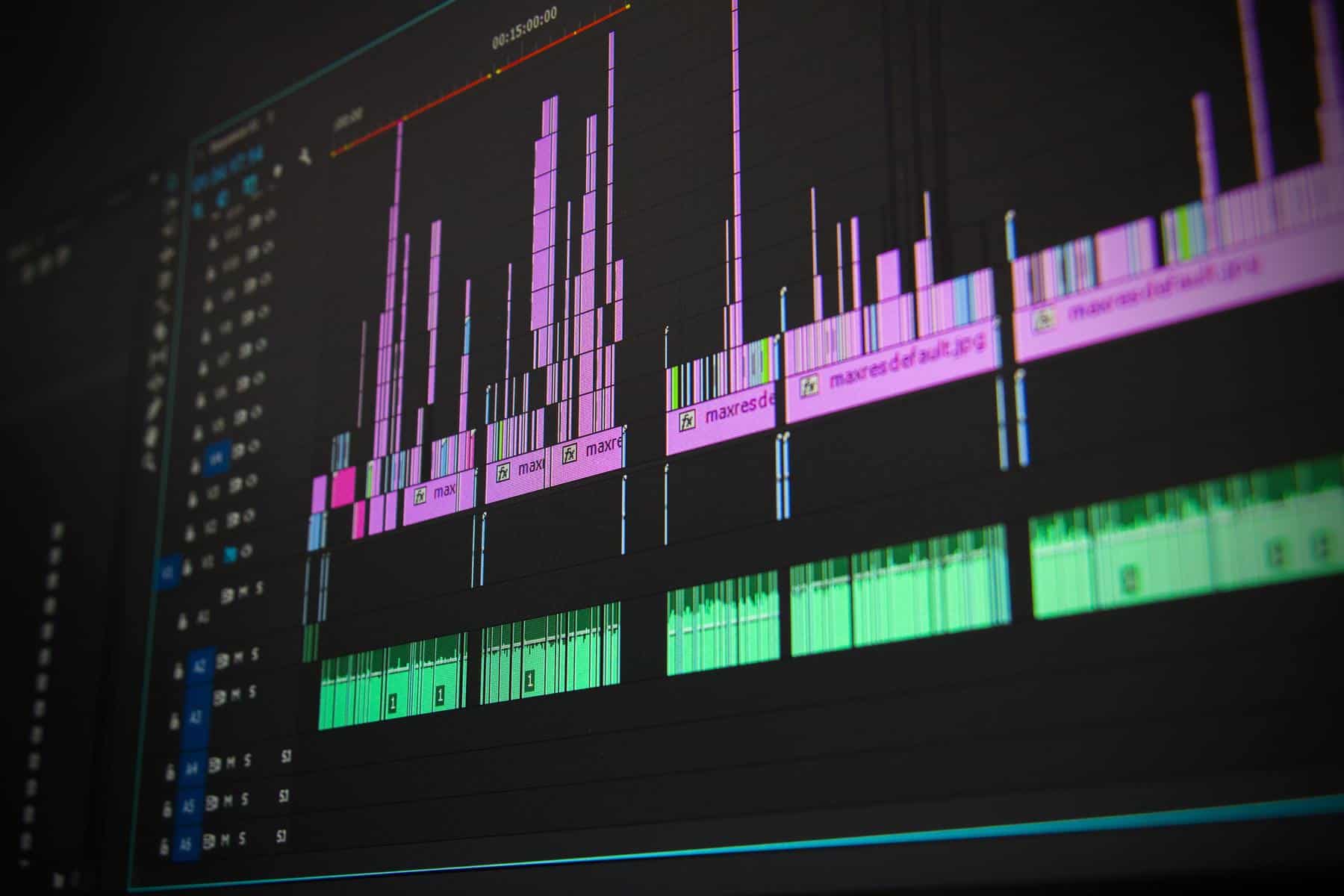Home>Instruments>Drums>How To Remove Drums From A Song


Drums
How To Remove Drums From A Song
Published: February 8, 2024
Learn how to effectively remove drums from a song using professional techniques and tools. Enhance your music production skills and create custom drum-free tracks.
(Many of the links in this article redirect to a specific reviewed product. Your purchase of these products through affiliate links helps to generate commission for AudioLover.com, at no extra cost. Learn more)
Table of Contents
**
Introduction
**
Music production often involves the delicate art of balancing various elements to create a harmonious and impactful sound. Drums, being a fundamental component of many musical compositions, play a pivotal role in setting the rhythm and energy of a song. However, there are instances where removing or reducing the prominence of drums becomes necessary, whether to create a different mix, accommodate vocals, or address specific sound issues.
In this comprehensive guide, we will explore various techniques for removing drums from a song. From utilizing equalization (EQ) to employing phase cancellation and noise reduction methods, we will delve into the intricacies of each approach, providing insights that cater to both novice and seasoned audio engineers.
Whether you are a budding music producer seeking to refine your mixing skills or an artist looking to experiment with alternative versions of your tracks, understanding the nuances of drum removal can significantly expand your creative toolkit. Join us as we unravel the mysteries of manipulating drum presence within a song, empowering you to sculpt the sonic landscape according to your artistic vision.
**
Understanding Drum Removal Techniques
Before delving into the specific methods for removing drums from a song, it’s essential to grasp the underlying principles that govern these techniques. Drum removal is a nuanced process that demands a keen understanding of audio engineering and signal processing. It involves strategically attenuating or eliminating the frequencies and temporal elements associated with the drum sounds while preserving the integrity of the remaining audio content.
One of the primary challenges in drum removal is differentiating the drum tracks from other instruments and vocals. Drums typically encompass a broad frequency spectrum, spanning from the deep thump of the kick drum to the shimmering frequencies of cymbals. Moreover, the transient nature of drum hits poses a unique obstacle, as they tend to punctuate the mix with abrupt, high-energy bursts.
As we explore the various drum removal techniques in the subsequent sections, it’s crucial to recognize that no single approach offers a one-size-fits-all solution. Different songs, mixes, and audio recordings necessitate tailored strategies, and a nuanced understanding of each method’s strengths and limitations is paramount. With this foundational knowledge in mind, we can embark on a comprehensive exploration of the tools and methodologies for removing drums from a song.
Using EQ to Remove Drums
Equalization, or EQ, serves as a fundamental tool in audio processing, allowing engineers to sculpt the frequency content of a sound source. When it comes to removing drums from a song, EQ can be employed to selectively attenuate the frequencies associated with the drum elements, thereby reducing their prominence in the mix.
The EQ approach to drum removal involves identifying the characteristic frequency ranges of the drums, such as the low-end thump of the kick drum, the midrange body of the snare, and the high-frequency components of cymbals. By pinpointing these frequency bands, engineers can apply precise cuts or attenuations to diminish the impact of the drums while preserving the tonal balance of the remaining instruments and vocals.
It’s important to exercise caution when utilizing EQ for drum removal, as indiscriminate frequency adjustments can adversely affect the overall tonality of the song. Moreover, the effectiveness of this method is contingent on the degree of separation between the drum tracks and other audio elements. In instances where the drums are heavily intertwined with other instruments, EQ alone may not suffice to achieve satisfactory results.
While EQ can be an effective tool for attenuating specific drum frequencies, it’s worth noting that complete drum removal through EQ alone is often challenging, especially in complex mixes with intricate drum patterns and layered instrumentation. As we navigate through the intricacies of using EQ for drum removal, we’ll uncover the nuances and considerations that underpin this technique, empowering you to wield EQ with precision and finesse in sculpting the sonic landscape of your music.
Using Phase Cancellation to Remove Drums
Phase cancellation stands as a powerful yet intricate method for mitigating the presence of drums within a song. This technique capitalizes on the principle of phase relationships between audio signals to attenuate or nullify specific frequencies, effectively reducing the prominence of the drums in the mix.
The application of phase cancellation for drum removal involves isolating the drum tracks and inverting their phase before reintegrating them into the mix. When the phase-inverted drum signals align with the original drum signals, destructive interference occurs, leading to the cancellation of specific frequencies associated with the drums. This process can yield a perceptible reduction in the drum’s impact on the overall audio, thereby creating a more subdued sonic backdrop for vocals and other instruments.
It’s important to note that phase cancellation for drum removal requires meticulous attention to phase coherence and alignment. Inaccurate phase inversion or misalignment can result in unintended artifacts and tonal irregularities, compromising the fidelity of the mix. Additionally, the effectiveness of this method may vary depending on the complexity of the drum patterns and the degree of overlap with other audio elements.
While phase cancellation offers a unique approach to mitigating drum presence, it’s essential to approach this technique with discernment and a thorough understanding of its implications on the overall mix. By navigating the intricacies of phase relationships and their impact on drum signals, you can harness the potential of phase cancellation to tailor the sonic character of your music with precision and artistry.
Using Noise Reduction to Remove Drums
Noise reduction techniques offer a versatile and effective means of attenuating drum sounds within a song. By leveraging advanced algorithms and signal processing methodologies, noise reduction tools can intelligently identify and suppress the drum-related components in a mix, thereby creating a more subdued sonic environment for vocals and other instruments.
The application of noise reduction for drum removal involves analyzing the spectral and temporal characteristics of the drum signals and applying targeted processing to mitigate their impact. Advanced noise reduction algorithms employ machine learning and adaptive filtering to discern drum-related content from the rest of the audio, enabling precise attenuation without unduly affecting the tonal balance of the song.
It’s important to exercise judicious control when applying noise reduction for drum removal, as aggressive processing can lead to artifacts and sonic aberrations. Additionally, the effectiveness of noise reduction techniques may be influenced by the inherent complexity of the drum patterns and their interplay with other instruments and vocals. Careful parameter adjustments and iterative refinement are often necessary to achieve optimal results while preserving the musicality and fidelity of the mix.
By exploring the intricacies of noise reduction as a tool for drum removal, you can harness the capabilities of modern audio processing technology to shape the sonic landscape of your music with precision and finesse. Understanding the nuances of noise reduction algorithms and their impact on drum signals empowers you to refine the mix according to your artistic vision, creating immersive and captivating musical experiences.
Conclusion
Removing or attenuating drums within a song is a nuanced endeavor that demands a deep understanding of audio engineering principles and creative finesse. Throughout this guide, we’ve explored a diverse array of techniques for mitigating the presence of drums in a mix, each offering unique advantages and considerations.
From the precision of EQ adjustments to the intricacies of phase cancellation and the advanced capabilities of noise reduction, the tools and methodologies at your disposal empower you to sculpt the sonic landscape according to your artistic vision. It’s crucial to approach drum removal with a discerning ear and a willingness to experiment, as each song presents its own sonic tapestry that requires tailored solutions.
As you embark on your journey to refine and shape the sonic character of your music, remember that the art of drum removal is not solely about technical proficiency; it’s a testament to your creative ingenuity and dedication to crafting compelling auditory experiences. By honing your skills in drum removal, you expand your creative toolkit and open new vistas of artistic expression, enriching the musical narratives you seek to convey.
Whether you’re a seasoned audio engineer or an aspiring music producer, the quest to manipulate drum presence within a song is a testament to your commitment to sonic excellence. Embrace the nuances of each technique, experiment with bold creativity, and let your passion for music guide you as you embark on this transformative journey of sonic exploration.
With a deep understanding of drum removal techniques and a spirit of artistic adventure, you are poised to elevate your music to new heights, crafting immersive and evocative soundscapes that resonate with audiences and stand as testaments to your unwavering dedication to the craft of music production.
**











